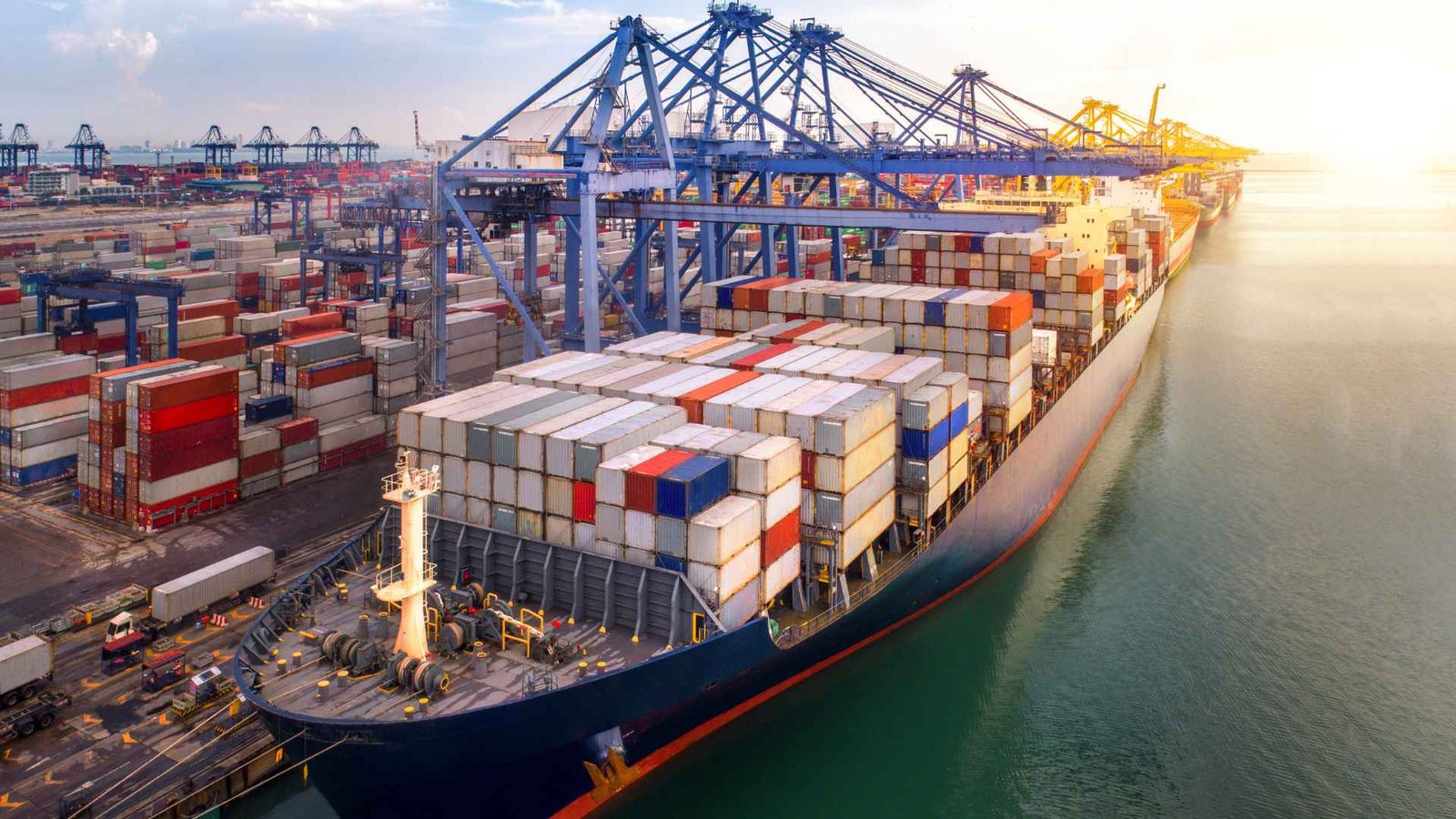CHICAGO — From packed warehouses in the suburbs to semi-trucks flowing through the Jane Byrne Interchange, logistics is a quiet force powering Chicago’s economy. With over 260,000 people employed in the Transportation, Distribution, and Logistics (TDL) sector, Chicago plays a critical role in the flow of goods across the country — and even the world.
This guide explains why Chicago’s logistics system is one of the most powerful in the nation — and why local residents should take pride in what their city delivers.
1. A Highway Crossroads That Moves America
Chicago’s advantage begins on the ground. The city sits at the junction of key interstates — I-55, I-90, I-94, and I-294 — giving truckers unmatched access to nearly 75% of the U.S. population within two days.
With nearly 400,000 vehicles using the I-90/94 at I-290 (Jane Byrne Interchange) daily — the most congested intersection in the country — the city’s road network is not just busy, it’s essential. These highways link Chicago to:
-
Manufacturing centers across the Midwest
-
Ports and distribution hubs
-
Canadian and U.S. border crossings
No wonder Illinois ranks as one of the top states for trucking employment.
2. O’Hare: A Gateway to the Global Market
While highways move goods across land, O’Hare International Airport connects Chicago to the world. It’s one of North America’s busiest air cargo airports, handling more than 2 million metric tons of freight every year.
Why it matters for Chicago:
-
Time zone advantage allows next-day deliveries to both U.S. coasts
-
Fast transitions between air and ground with warehouses clustered nearby
-
Global access to Asia, Europe, and South America within hours
This gives Chicago businesses — and by extension, residents — an edge in same-day or two-day delivery supply chains that shape our modern economy.
3. Intermodal Strength and Freight Innovation
Beyond roads and air, Chicago dominates with its intermodal freight facilities — allowing goods to shift seamlessly between trains, trucks, and planes. According to the Chicago Metropolitan Agency for Planning, the city moves more freight by volume than any other metro area in North America.
The region’s logistics innovations include:
-
Advanced rail switching networks
-
Dense warehouse zones across suburbs
-
Cutting-edge logistics tech startups improving efficiency
With more than 30,000 freight trucks on the roads daily, Chicago’s infrastructure is built for speed, scale, and connectivity.
4. Last-Mile Delivery and Consumer Access
Chicago isn’t just a pass-through point — it’s also a destination. Its large population and proximity to major consumer markets make it a prime last-mile delivery hub.
From online shopping packages to groceries and industrial equipment, the city ensures products reach homes and businesses faster than most U.S. regions.
This proximity also means residents benefit from quicker delivery times and competitive shipping rates — all supported by local jobs and supply chain activity.
Why This Matters to You
If you’re a Chicago resident:
-
You’re living in one of the world’s top freight hubs
-
Your city fuels the economy by moving what matters — food, medicine, equipment, e-commerce
-
Your community benefits from jobs, infrastructure, and innovation tied to logistics
Whether you work in logistics or just enjoy fast deliveries, Chicago’s freight ecosystem is part of your everyday life — and something to be proud of.
Do you or someone you know work in Chicago’s logistics industry? From drivers to dispatchers to tech innovators, your city is delivering for the nation. Share your story or appreciation at ChicagoSuburbanFamily.com — and let others know why logistics matters.













